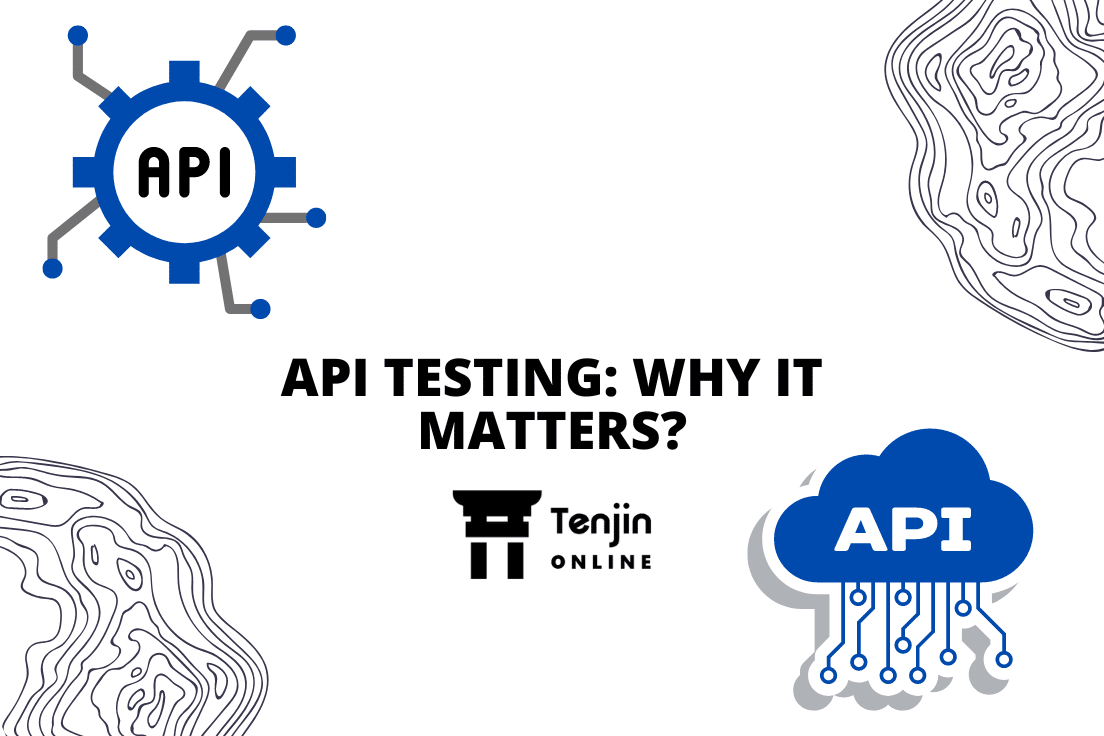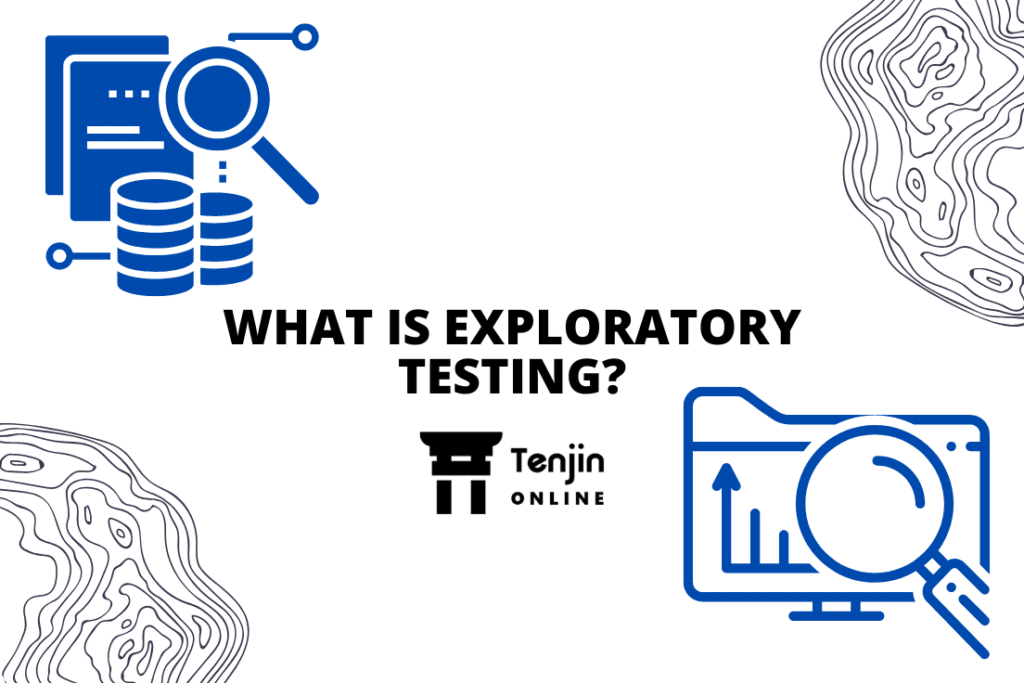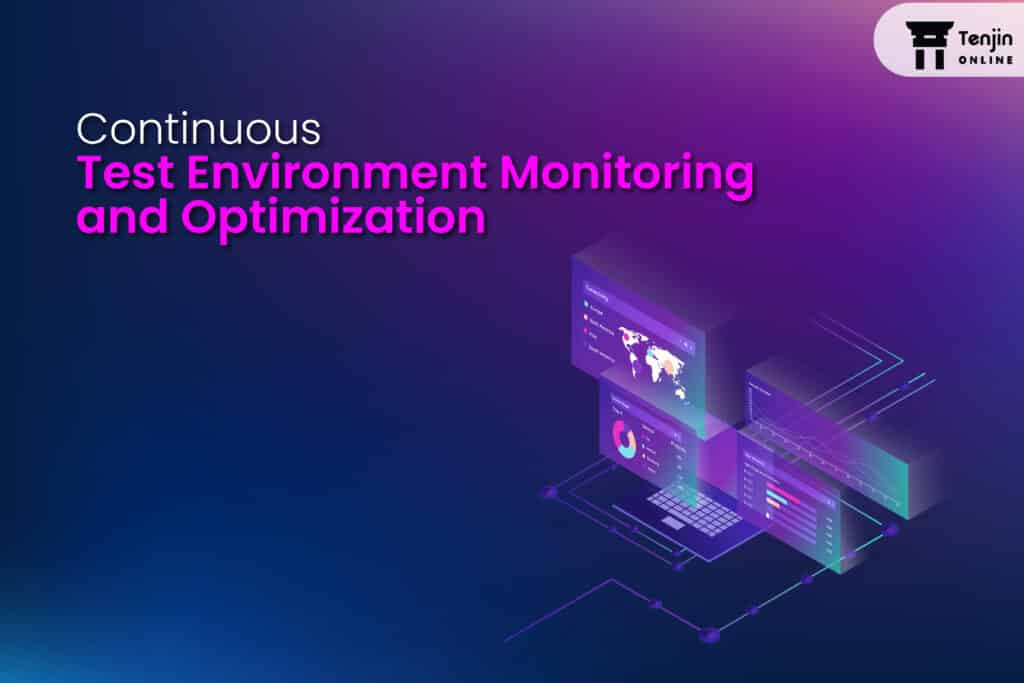
API, or application programming interface, is a set of rules and protocols that allows different software programs to communicate with each other. Essentially, an API acts as a bridge between different systems, allowing them to share data and functionality. Let us understand this with an example, an e-commerce website might use an API to allow customers to make purchases directly from a mobile app. This allows the website and the app to share the same functionality, making it easier for customers to make purchases and for the website to process them. This explains how powerful APIs are in today’s technological advanced world, making testing extremely critical for improved quality and better user experience.
API testing is a critical process in software development that ensures that an application’s interfaces are working as intended. It focuses on functionality, reliability, and performance of the API, validating that the API meets the requirements of the system, and that it can be used by other applications to communicate with the system effectively.
What is API Testing? How is it Performed?
API testing is an important step in the software development life cycle (SDLC) and is typically performed after the functional testing of the application. It is also an integral part of continuous integration and continuous delivery (CI/CD) processes.
There are several types of testing that can be performed on an API, that includes:
Unit testing: Unit testing is the basic type of testing that focuses on testing individual units of code. It is typically performed by developers and is intended to identify bugs early in the development process.
Integration testing: Integration testing is the next step in the testing process that focuses on testing the interactions between different units of code. It is intended to identify bugs that may not be obvious during unit testing.
End-to-end testing: End-to-end testing is the final step in the testing process, and it focuses on testing the entire application, including the API. It is intended to identify bugs that may not be obvious during unit or integration testing.
Understanding API Testing Better
API testing can be performed manually or using automated testing tools. Manual testing typically involves testing the API using a tool like Postman or cURL, and verifying the results manually. Automated testing, on the other hand, involves writing scripts that automatically test the API, and comparing the results to the expected results. Automated testing is typically faster and more efficient than manual testing.
API testing can also be divided into functional testing and non-functional testing. Functional testing focuses on the functionality of the API and verifies that it performs the tasks it is intended to perform. Non-functional testing, on the other hand, focuses on the performance, scalability, and security of the API.
Functional testing includes:
- Testing the request and response of API
- Testing the API with a set of different inputs and verifying the outputs
- Testing the API endpoints for the proper HTTP status codes
- Testing the API for error handling
- Testing the API for security vulnerabilities
- Testing the API for compliance with industry standards
Non-functional testing includes:
- Performance testing to check how well the API can handle high loads and traffic.
- Load testing to check how well the API can handle high loads and traffic.
- Stress testing to check the API’s ability to handle extreme loads and traffic.
- Scalability testing to check how well the API can handle increasing loads and traffic.
- Security testing to check the API for vulnerabilities.
Benefits of API Testing
There are several benefits of implementing API Testing, some of them are listed below:
Improved software quality: API testing helps to ensure that the API functions as intended and that it meets the requirements of the software system that it is connecting to. This can help to prevent defects and improve the overall quality of the software.
Increased efficiency: API testing can be automated, which can save time and increase efficiency when compared to manual testing. This is particularly beneficial for large software systems with many APIs.
Better security: API testing can help to identify potential security vulnerabilities and ensure that the API is protected against unauthorized access. This is especially important for APIs that handle sensitive data.
Improved performance: API testing can help to identify performance bottlenecks and ensure that the API can handle a high volume of requests. This is important for APIs that are expected to be heavily used by many users.
Better documentation: API testing can help to ensure that the documentation for the API is accurate and up to date. This can make it easier for developers to understand how the API works and how to use it.
Overall, API testing is a crucial step in the development of any software system that relies on APIs. It can help to improve the quality, efficiency, security, and performance of the software, as well as provide better documentation for developers.
Conclusion
API testing is an important process that ensures that an application’s interfaces are working as intended. It is a critical step in the software development life cycle (SDLC) and is typically performed after the functional testing of the application. It is also an integral part of continuous integration and continuous delivery (CI/CD) processes. API testing can be performed manually or using automated testing tools, and can be divided into functional testing and non-functional testing.
In conclusion, API testing is an essential process that helps to ensure the quality and reliability of an application. It is an important step in the SDLC, and it is an integral part of CI/CD processes. Automated testing is typically faster and more efficient than manual testing, and it is important to test for both functional and non-functional requirements.



Leave a Reply
You must be logged in to post a comment.